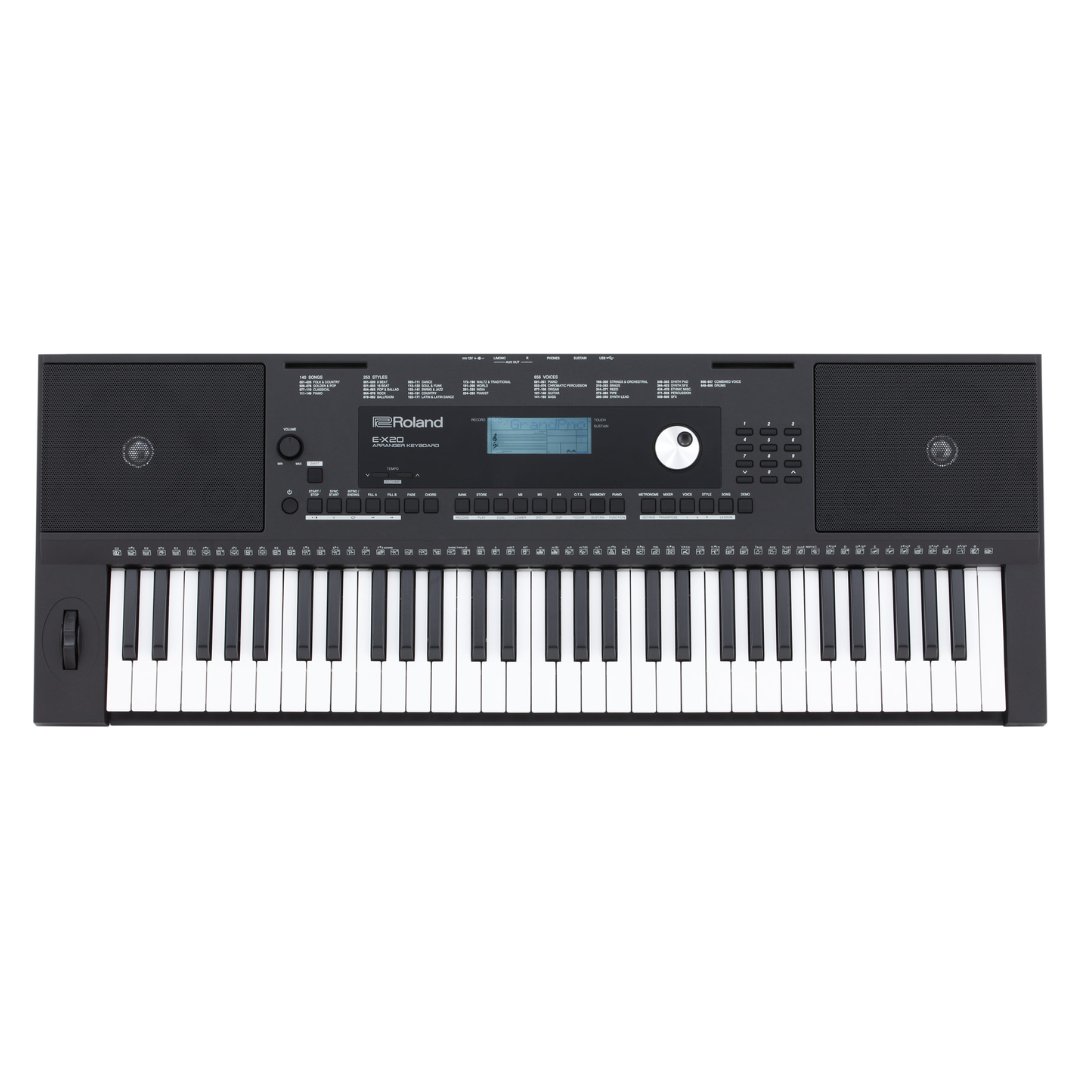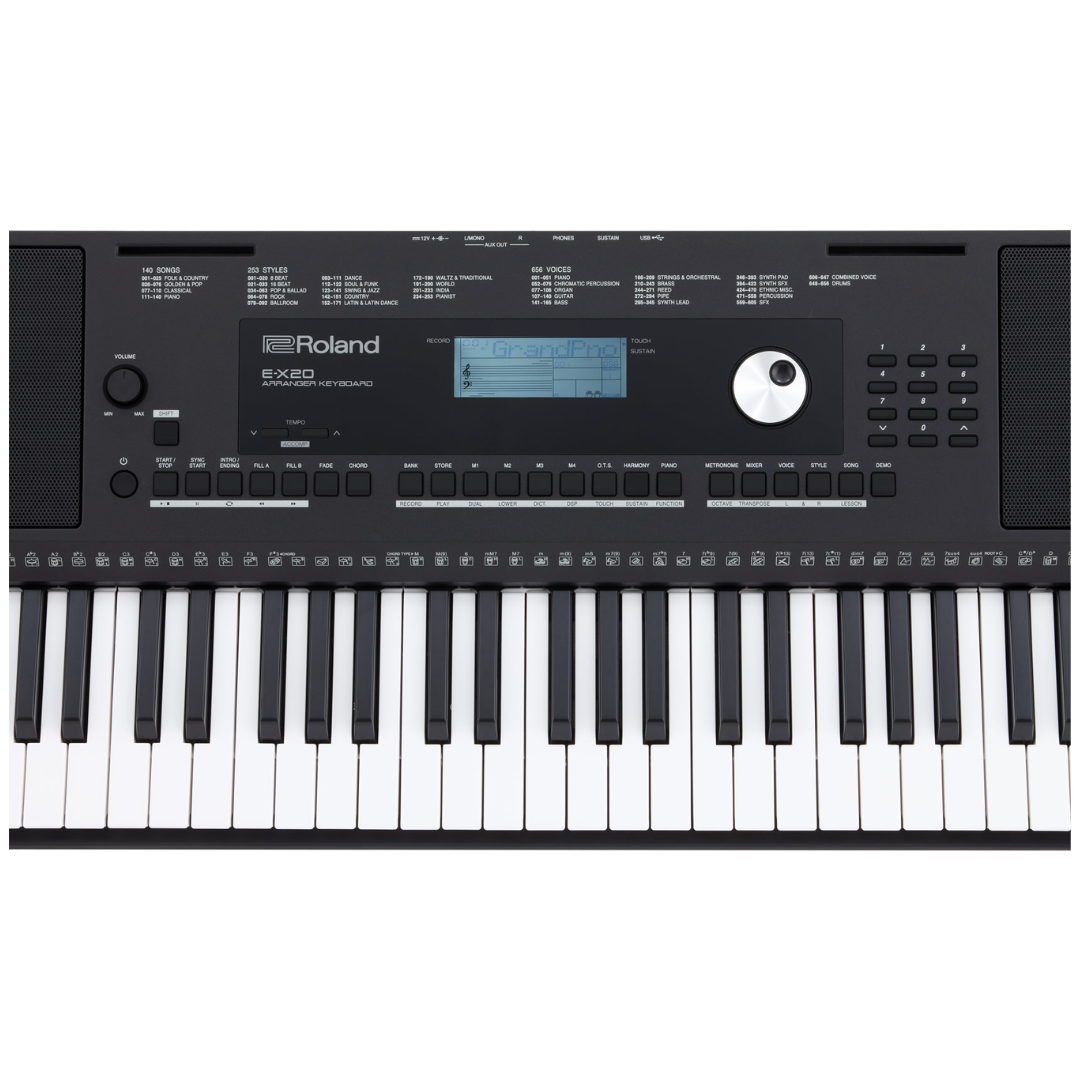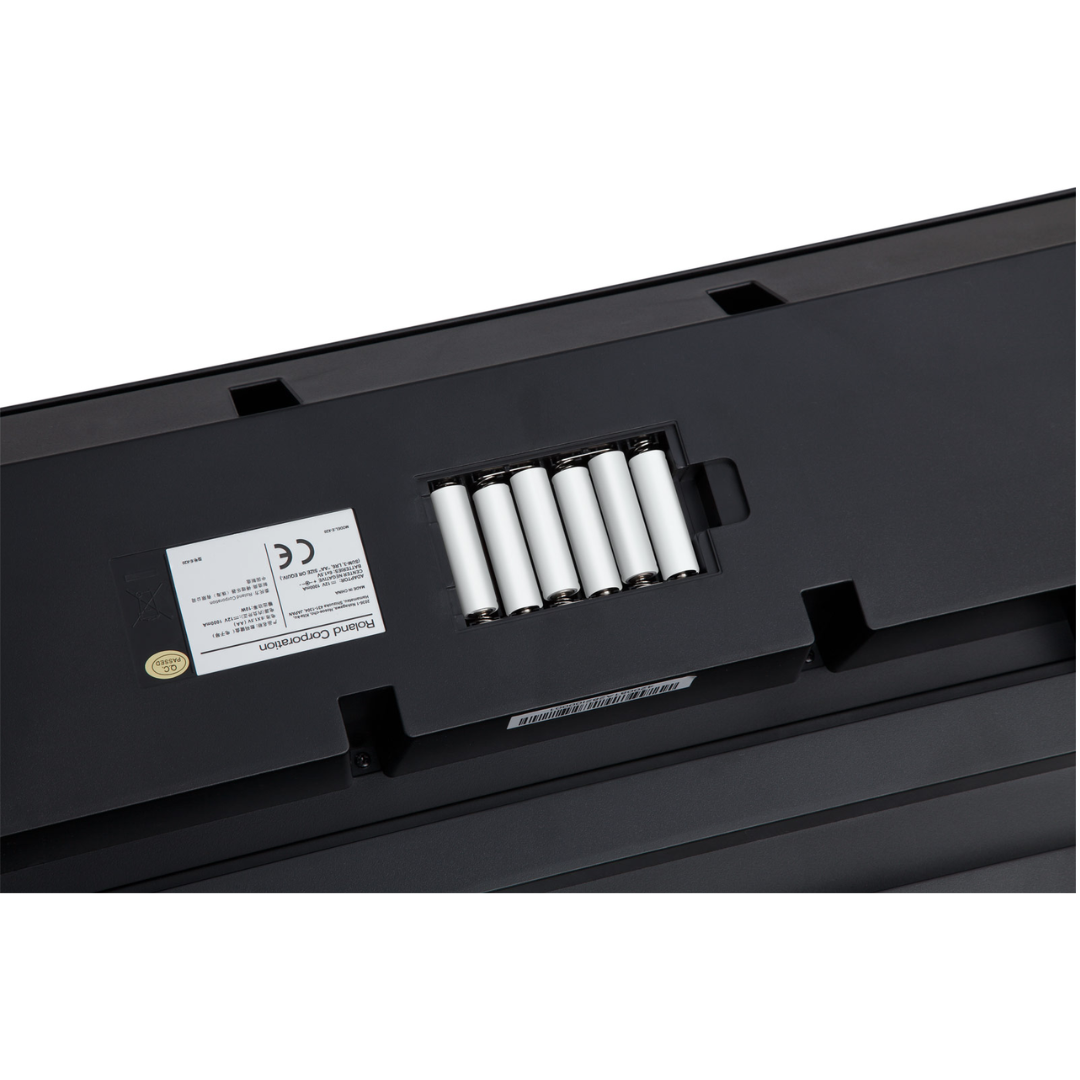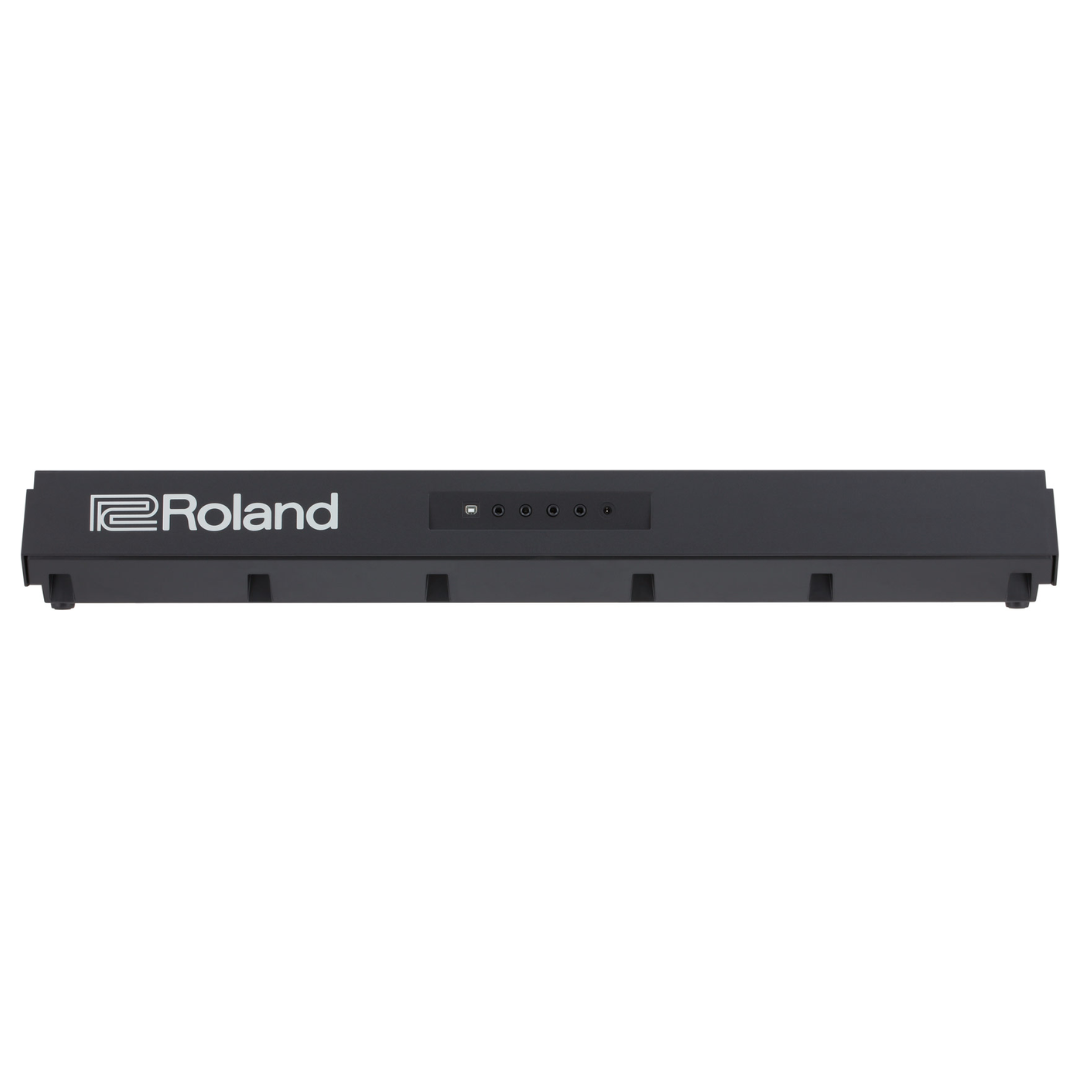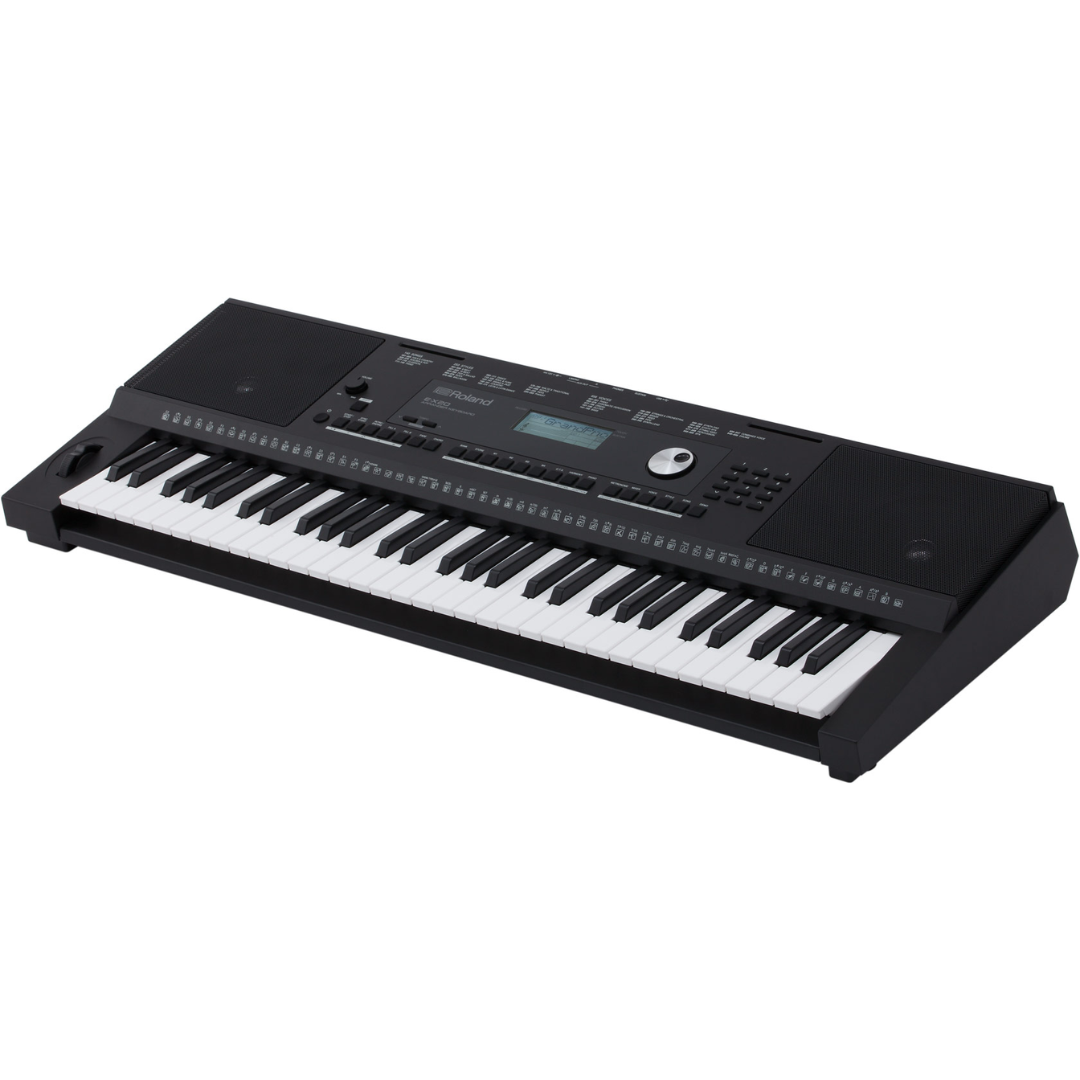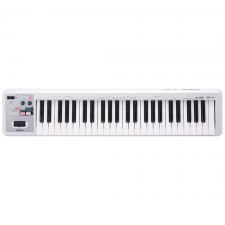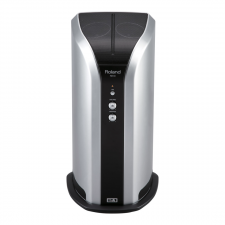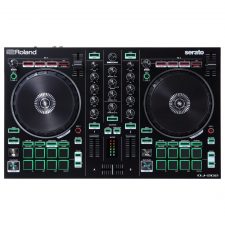Description
Pro onboard piano tones keep them inspired and improving
There’s nothing more discouraging for a first-time pianist than flat tone and lifeless feel. On the other hand, when a young player has professional tones and a responsive keyboard at their fingertips, the buzz will keep them inspired and keen to progress. Despite its entry-level price, the new Roland E-X20 features an onboard selection of the same rich, responsive tones that you’ll find on our world-renowned top-spec digital pianos and synths costing over $1500. The traditional piano tones are ideal for music lessons, and with further tone settings that suit classical, pop, rock and jazz, your child can choose the perfect sound for their first pieces — then perform them with clarity, confidence and expression.
The trusted brand that’s chosen by the world’s musicians
Buying a piano is a big investment, and nothing gives you greater peace of mind than choosing a brand whose products are respected around the world. Roland’s renowned electronic instruments include digital stage pianos, synths and electronic drums, and the range has won acclaim from musicians at every level of the industry, from beginner to professional. Since 1972, our mission has been to help musicians enrich their lives with music — and when you find the Roland logo on the E-X20, you can rest assured that it’s the mark of quality, expressiveness, creativity and durability.
No more boring practice sessions — play along with onboard songs
The biggest concern for any parent choosing a first-time piano is that their child will get bored and go back to their smartphone or video games. While solo practice on a traditional acoustic piano can feel isolated and dull, your children will always look forward to sitting down at the Roland E-X20, thanks to the possibilities of the Arranger feature. Even if your child has never performed with other musicians, they’ll soon have the confidence to play along with the selection of onboard songs and TV themes, or create dynamic full-band sounds simply by playing melody with the right hand and chords with the left. It’s the fun way to boost your child’s rhythm and technique — without the grind of regimented practice.
 The Piano Shop
The Piano Shop
